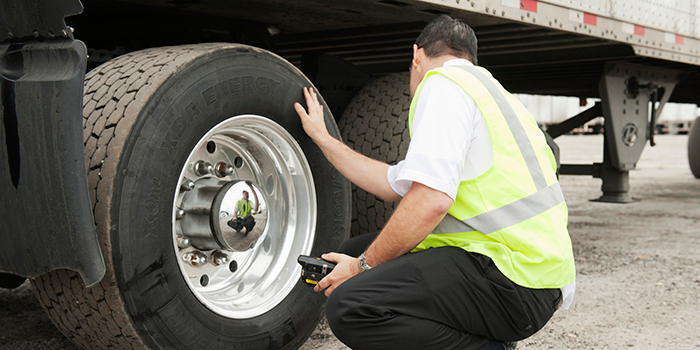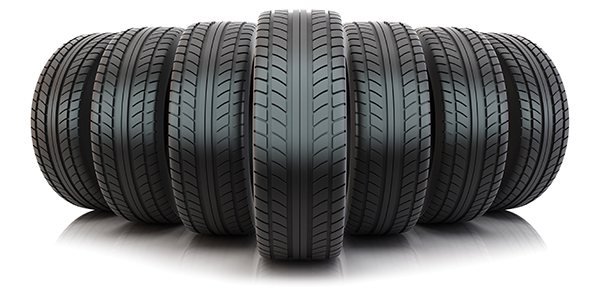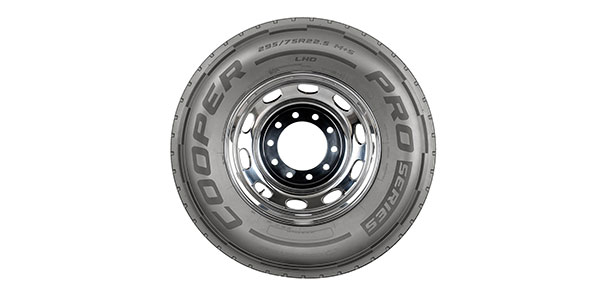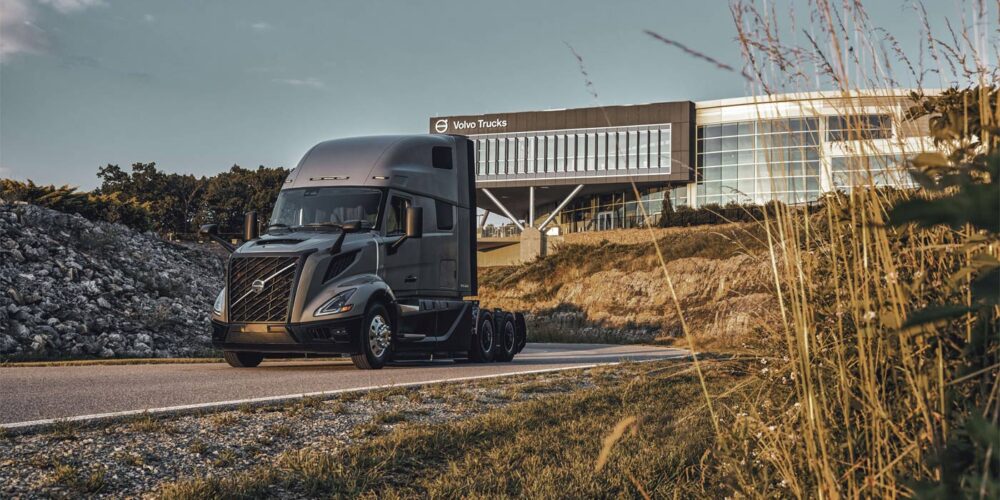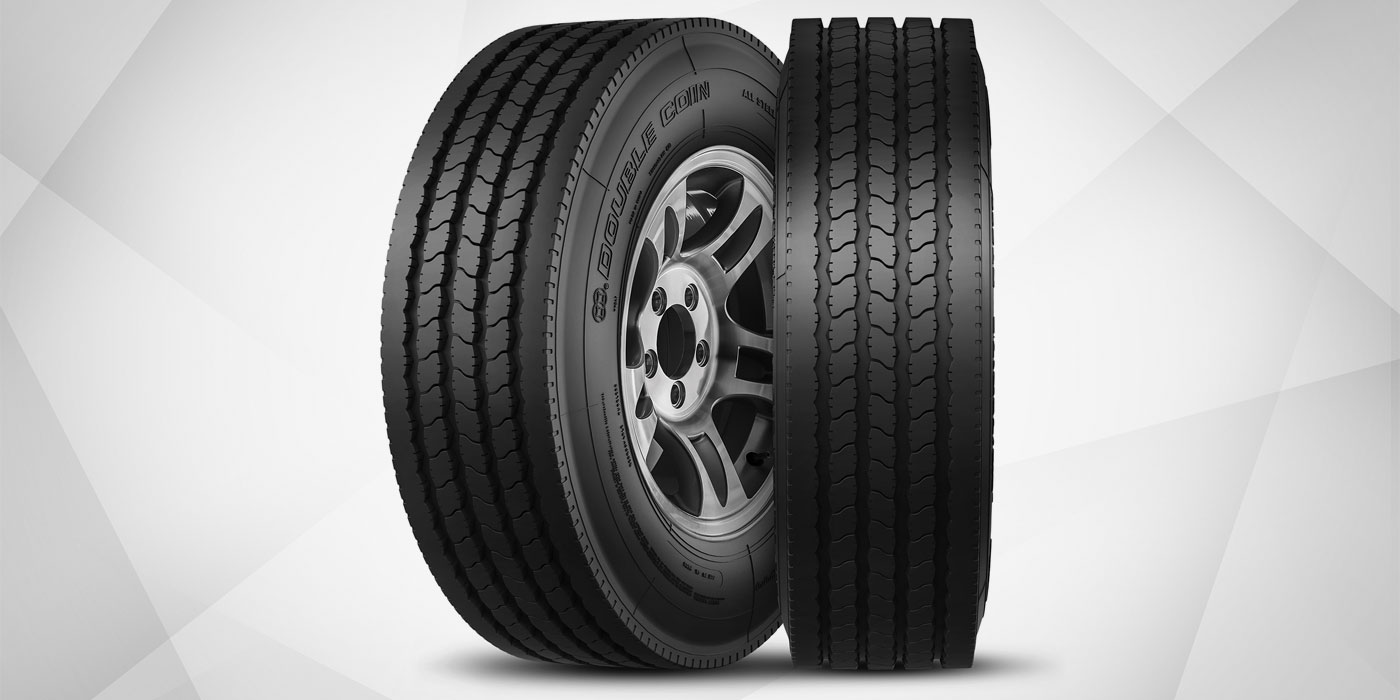Having a proper tire management program is crucial for any size fleet, as it can make your maintenance operation more efficient and help reduce the total cost of tire ownership.
Tire management begins with selecting the correct tire for a specific application. Long haul and regional operations can overlap with each other at times, so it may be beneficial to experiment with both types of tires to optimize wear. You will also want to consider the effect of the tires on fuel economy, which may outweigh tread wear considerations. Tires that are SmartWay verified meet EPA limits for low rolling resistance and can also help reduce fuel consumption as compared to non-SmartWay tires, particularly in long haul operations.
At Cooper, we believe in order to get the most out of your tires, it is important to find a brand that will provide long miles to removal, as well as one that considers the casing quality and belt package. The casing quality will tell you a great deal about the tire, including how it will hold up on the road and the value the tire has for its second and third life in retreading. When choosing a new tire, part of the consideration should be a review of the tire manufacturer’s warranty and casing allowance. For instance, all Cooper truck and bus tires are engineered for retreadability and are backed with a warranty of two retreads within seven years.
Correcting tire wear
The TMC Radial Tire Conditions Analysis Guide provides information on action depending on the type of wear and root cause, including when to remove a tire from service and when it can be repaired. Cooper recommends rotating tires when they are 50% worn, or even earlier if they show signs of irregular wear. Changing the direction of rotation can even out heel/toe wear on the shoulders of drive tires and erratic wear on the shoulders of trailer tires. Steer tires are normally rotated side to side, which changes the direction of rotation and helps even out wear. At a 3/32- to 4/32-in. difference in tread depth between the drive axle tires, a cross-rotation would be recommended to even out the wear and increase tire life before removal.
Tire replacement
Department of Transportation (DOT) regulations say that the tread depth for any tire on the front wheels of a bus, truck or truck tractor must be at least 4/32nds of an inch when measured at any point on a major tread groove. All other tires on the vehicle must have a tread depth of at least 2/32nds of an inch when measured at any point on a major tread groove. If any measurements are at or below these depth requirements in any part of the tread, the tire should be removed from service immediately.
Some fleets will pull steer and drive position tires early to help maintain traction and rotate them back to the trailer to run out the remaining tread life. If the fleet’s application tends to experience penetrations from nails or other road debris, then it’s likely a better practice to pull the tires early and retread them to help preserve the casing integrity.
When replacing tires, proper bead seating when mounting tires is very important to optimal performance and tire life. An improperly seated bead creates uneven wear patterns and increases the chance for ride/vibration issues. You can ensure that the tire is properly seated by checking to see that the distance between the rim flange and the aligning ring is uniform around the complete circumference of the tire. With the bead seated against the rim, the distance from the seating ring to the rim should be measured at four different points that are 90 degrees apart around the rim. The distance between the ring and the rim should be the same at all four points.
Tires are a major investment for any size fleet and having a tire management and maintenance program will enable you to get the maximum from your investment. Check this space again over the next couple of months for more on what a tire management program can do for you.

